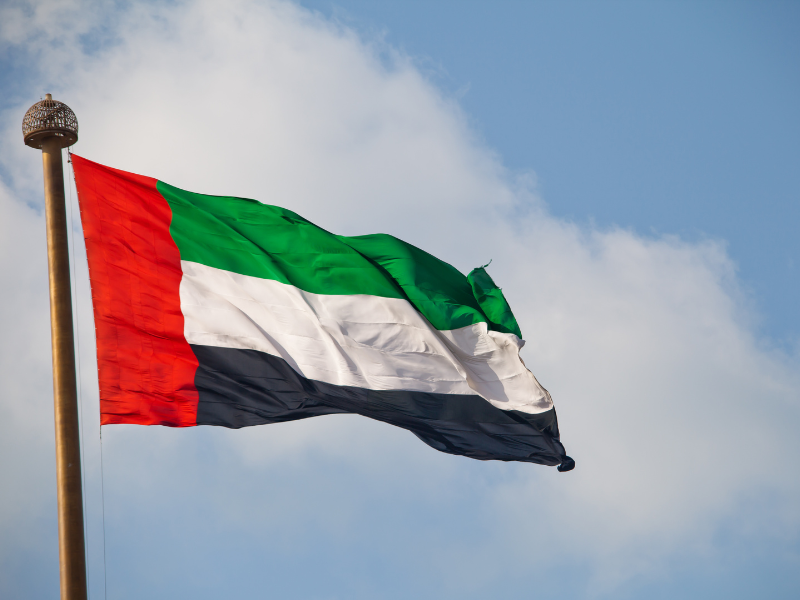In 2024, the UAE made significant strides in its infrastructure development, launching a range of critical projects aimed at supporting the nation’s economic growth and fostering advancement across various industries.
Notable achievements include the commencement of commercial operations for Unit 4 at the Barakah Nuclear Energy Plant, marking its full completion. The plant now produces 40TWh of electricity annually, supplying up to 25% of the UAE’s power with clean, carbon-free energy.
Next, The Executive Committee of the Initiatives of His Highness the President of the UAE approved a comprehensive infrastructure package, which includes the construction of 9 new dams, the expansion of 2 existing dams, and the development of embankment barriers. These initiatives will boost the resilience of infrastructure to climate change and enhance water storage by collecting rainwater and floodwaters, with a capacity of up to 8 million cubic meters.
These projects are set to be completed within 19 months and will also involve the construction of nine water canals, covering approximately 9 kilometers.
The Abu Dhabi Projects and Infrastructure Centre announced the approval of 144 projects by the Executive Council, with a total budget of around AED66 billion – spanning multiple sectors, including housing, education, tourism, and natural resources.
Key projects include the 25-kilometer median islands project by the Integrated Transport Centre, designed to accommodate 8,000 to 10,000 vehicles per hour in each direction. Other initiatives include traffic improvements on Musaffah Road (E30), Al Khaleej Al Arabi Street (E20), and the construction of new bridges on Abu Dhabi-Al Ain Road (E22) and 79th Street in Mohamed bin Zayed City.
In Dubai, the new passenger terminal at Al Maktoum International Airport, which will be the world’s largest upon completion, is set to cost AED128 billion and have the capacity to handle 260 million passengers and 12 million tonnes of cargo annually. The airport will feature 400 aircraft gates, five parallel runways, and cutting-edge aviation technologies.
Another major project – Tasreef initiative, aims to enhance Dubai’s rainwater drainage network for AED30 billion, increasing capacity by 700%.
Additionally, the Dubai Exhibition Centre will be expanded, doubling its annual event capacity from 300 to over 600 by 2033. Dubai also opened a key two-lane bridge spanning 1,000 meters, connecting Hessa Street to Al Khail Street and reducing travel time from 15 minutes to just 3 minutes.
Sharjah advanced its green initiatives by launching two irrigation projects for landscaping, including upgrades to the Al Al Qarain pumping station and a new pump station in Al-Budaiya. The Roads and Transport Authority also completed infrastructure improvements in the Al Sajaah Industrial Area, adding 9.5 km of main roads.
In Ajman, Etihad Water and Electricity (EtihadWE) launched two energy distribution stations—Hamidiya Station (AED137 million) and Mohammed bin Zayed Substation (AED61 million). The municipality also completed 10 kilometers of internal roads in Al Mowaihat and Al Rawda.
Umm Al Qaiwain inaugurated the “NAQA’A” Seawater Reverse Osmosis desalination plant, one of the world’s largest, with a daily capacity of 150 million gallons of desalinated water. The emirate also launched the Logistics City and Umm Al Qaiwain Cargo Airport.
Ras Al Khaimah constructed the Al Ghail Pumping Station for AED122 million, improving water distribution in the central region. Meanwhile, Fujairah updated the Al-Nujaymat Main Station with state-of-the-art technology and equipment at AED122 million.-WAM






